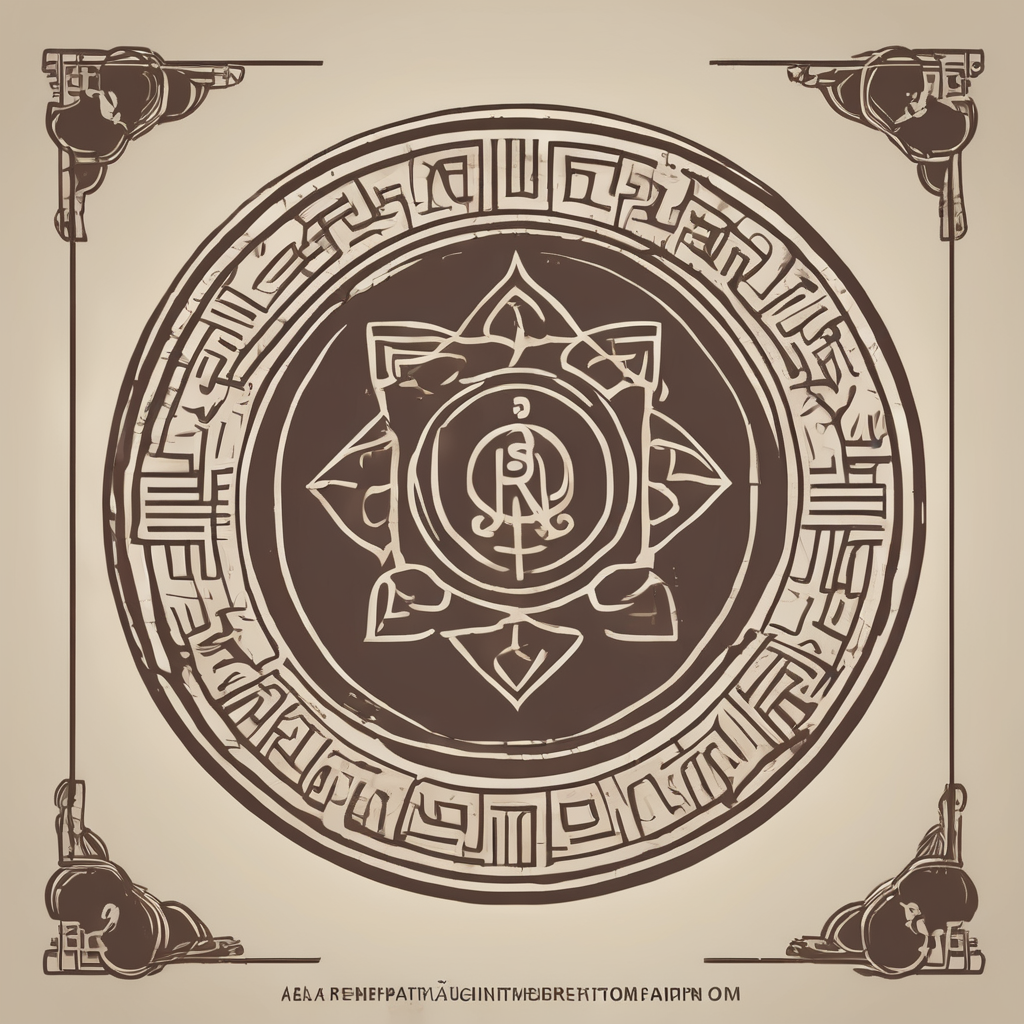British Women’s Fashion: Setting the Stage for Global Influence
British women’s style has evolved through centuries, becoming a powerhouse in the international fashion influence arena. The roots of British fashion history date back to the Tudor period, but its modern-day global relevance began taking shape during the Victorian era and flourished in the 20th century. Social changes, like the rise of female independence and shifts in class dynamics, propelled British women’s fashion beyond borders.
A pivotal factor was Britain’s unique ability to fuse traditional tailoring with innovative elements, setting trends that other countries soon adopted. Early instances of British fashion gaining worldwide attention include the iconic adoption of refined fabrics and silhouettes, which influenced European aristocracy. The 1920s saw British designers and style icons spreading a new sense of liberation, notably impacting Parisian fashion.
Also read : How Can UK Women’s Fashion Be Revolutionized in the Coming Decade?
The synergy between British cultural exports—such as music, cinema, and literature—and women’s fashion also boosted its international fashion influence. British women’s style often combined practicality with boldness, which helped it resonate globally. These foundations established Britain not just as a fashion follower but as a true international trendsetter.
Iconic Eras and Their Global Reach
British fashion eras are marked by distinctive cultural waves that reshaped global style narratives. The Swinging Sixties epitomized youth empowerment with the Mod movement, which popularized bold geometric cuts and vibrant colors. This era’s iconic styles resonated internationally, inspiring fashion capitals across Europe and America.
Also to discover : How Can UK Women’s Fashion Be Revolutionized in the Coming Decade?
Moving into the 1970s, Britain ushered in a rebellious spirit through punk fashion. Characterized by ripped fabrics, safety pins, and anarchic prints, punk transcended British borders to influence global fashion trends and subcultures worldwide. Designers and streetwear alike embraced punk’s raw energy, signaling a shift toward edgy, anti-establishment aesthetics in global wardrobes.
In the 21st century, British fashion continues to wield significant influence. Contemporary designers blend classic tailoring with innovative approaches, ensuring that women’s British style remains relevant and avant-garde. The legacy of these eras is clear: British fashion eras have consistently introduced iconic styles that shape and redefine global fashion trends, blending tradition with modernity and continuously attracting international admiration. This ongoing impact confirms Britain’s pivotal role in steering world fashion.
British Women’s Fashion: Setting the Stage for Global Influence
British women’s fashion history is a story of continual innovation that has shaped international fashion influence distinctly. From the outset, societal shifts—like expanding women’s roles and changes in class structures—acted as powerful catalysts for women’s British style to gain prominence worldwide. These factors nurtured an environment where fashion became a statement of identity and modernity.
An early milestone in British fashion history was the introduction of refined tailoring combined with forward-thinking design, setting it apart globally. For instance, in the Victorian era, British styles subtly influenced European courts through sophisticated silhouettes and fabric choices. Later, the 1920s accelerated this international fashion influence, as British designers and women’s British style icons embraced more liberated forms that contrasted with traditional continental trends.
These foundational moments were more than fleeting fads; they established British fashion history as an evolving dialogue between preserving heritage and embracing modernity. The increasing visibility of British trends abroad spotlighted the country’s capacity for setting global standards, proving that British women’s fashion was a driving force, not just a local phenomenon. This evolution highlights the strategic role of cultural, societal, and creative forces in propelling British style onto the world stage.
British Women’s Fashion: Setting the Stage for Global Influence
British fashion history showcases a remarkable evolution where women’s British style emerged as a global trendsetter. Key societal changes—such as expanding women’s rights and class mobility—created fertile ground for fashion innovation, amplifying Britain’s international fashion influence.
Early examples of British trends gaining worldwide attention include the Victorian era’s tailored elegance, which subtly influenced European courts through fabric sophistication and silhouette refinement. Moving forward, the 1920s marked a pivotal moment when freed women’s styles from Britain ushered in fresh silhouettes that contrasted with more conservative continental looks. This era highlighted the capacity of British fashion history to blend tradition with modernity on an international scale.
These societal and cultural factors not only fostered unique British styles but also encouraged their adoption far beyond Britain’s shores. As women’s British style evolved, it increasingly reflected shifting identities while simultaneously setting standards for global fashion innovation. This steady rise cemented Britain’s reputation for pioneering influential, boundary-pushing fashion that resonated worldwide.
British Women’s Fashion: Setting the Stage for Global Influence
British women’s fashion has evolved over centuries to become a pioneer in international fashion influence, consistently setting global trends rather than following them. Early examples show how elements of British fashion history, such as tailored elegance and practical designs, gained worldwide attention. For instance, during the Victorian era, refined silhouettes and high-quality fabrics helped British styles permeate European courts, establishing a foundation for international admiration.
Key societal changes profoundly shaped women’s British style and bolstered its global reach. The expansion of women’s rights and social mobility encouraged designers to experiment with innovative forms that balanced tradition with modernity. This created fashion expressions that resonated beyond the UK, appealing to diverse international audiences seeking fresh yet authentic styles.
British fashion’s global influence also emerged through cultural exchanges. Iconic British style elements—like the tailored coat or the minimalist aesthetic—were eagerly adopted and adapted abroad, proving British designers and trends had a lasting impact. This process underlines how British fashion history is inseparable from its role as a catalyst in evolving international fashion influence, firmly establishing women’s British style as a reference point in global fashion dialogues.
British Women’s Fashion: Setting the Stage for Global Influence
British women’s fashion has long been a powerful force in shaping international fashion influence, evolving from local traditions into a global trendsetter. This transformation is rooted deeply in British fashion history, where innovation met practicality to create distinct styles women embraced worldwide. Early on, key societal changes accelerated this process. The expansion of women’s rights and shifts in social structures provided fertile ground for designers to challenge conventions and craft womenswear that combined elegance with functional appeal.
Notable early instances of this global recognition include the Victorian era’s refined tailoring paired with innovation, which quietly influenced European aristocracy. British fashion’s ability to merge heritage with progressive design attracted international attention, setting a precedent for future decades. For example, the practical yet chic silhouettes of the early 20th century showcased women’s British style as both modern and accessible, resonating beyond Britain’s borders.
Cultural exports such as theatre and literature also amplified the reach of British fashion. Collectively, these factors created a vibrant ecosystem where British women’s fashion not only reflected societal progress but actively shaped international fashion influence, confirming its status as a beacon of style worldwide.

